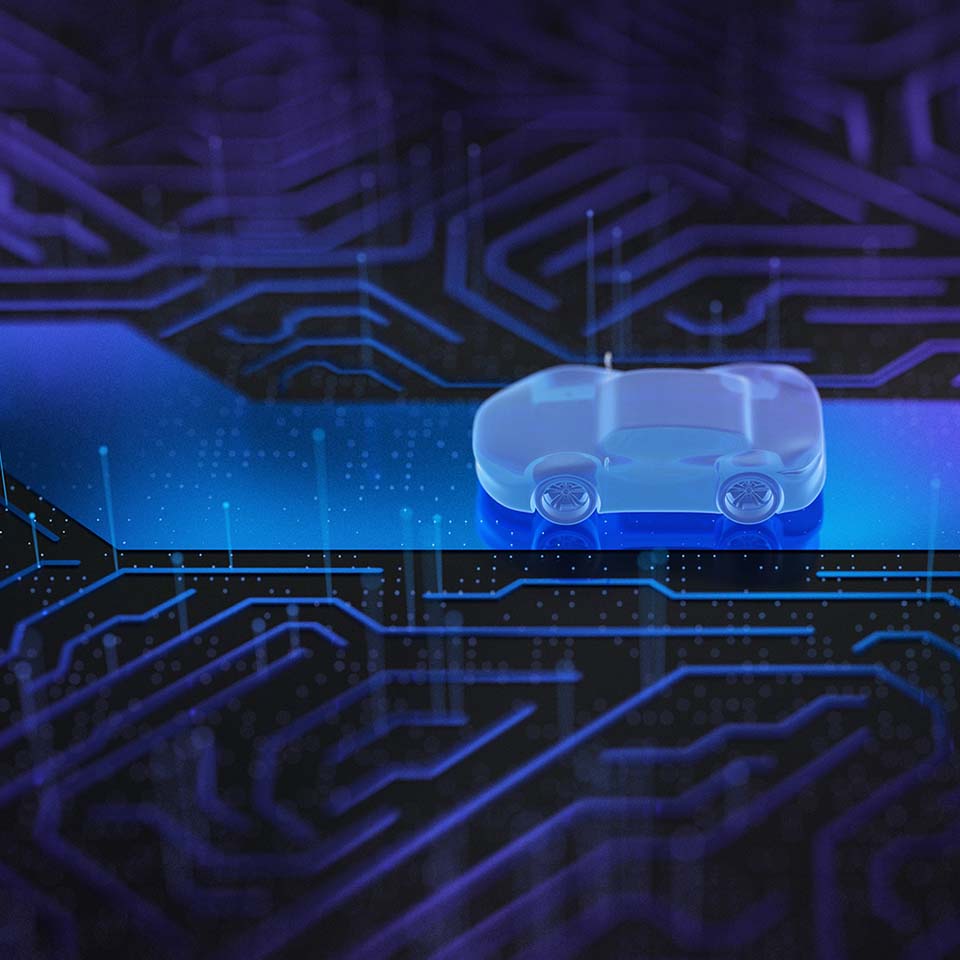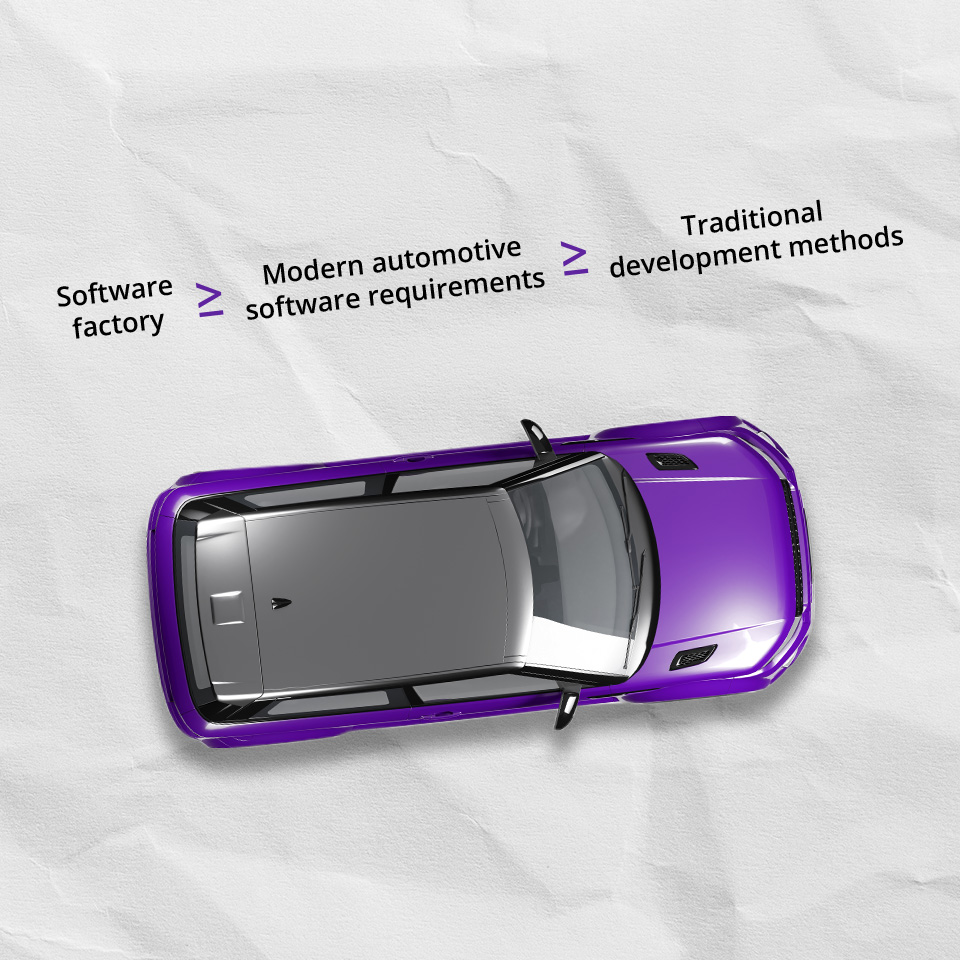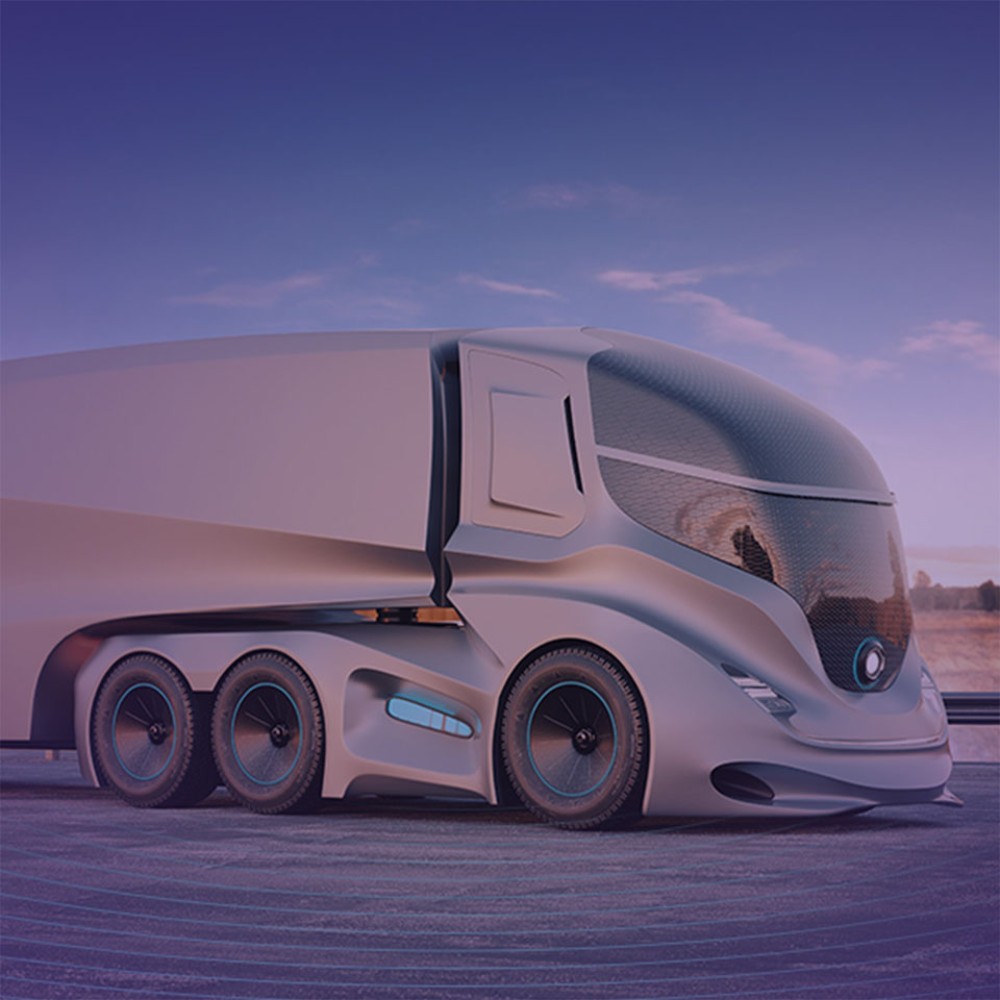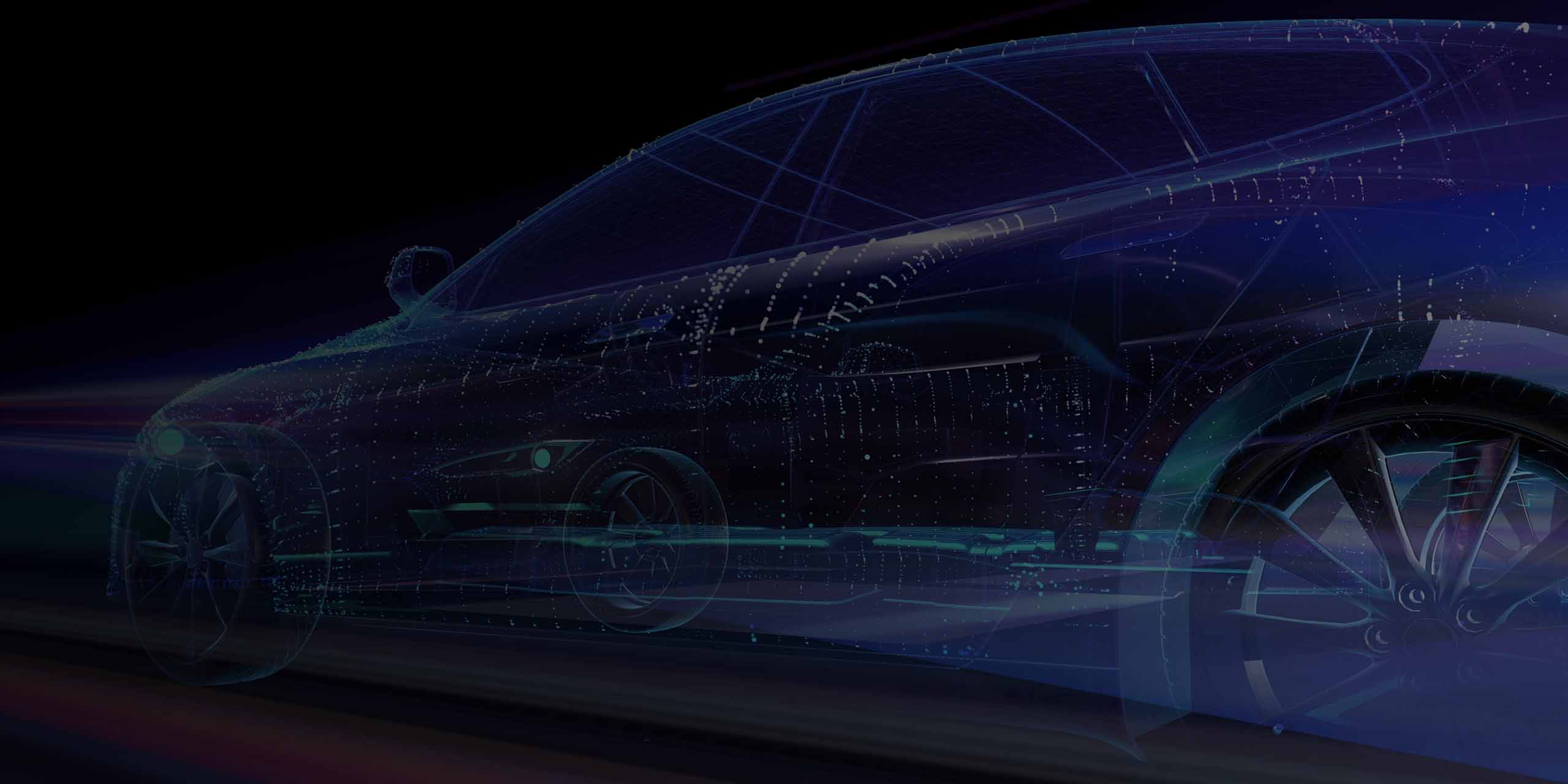
As the world becomes increasingly connected and digitally driven, the automotive industry is experiencing a remarkable transformation as new technologies allow for a more direct flow of data and information between automobiles, drivers and the infrastructure that surrounds them.
Indeed, the promise of smarter, safer and more efficient roads is no longer just a sci-fi fantasy, but an emerging reality brought about by cutting-edge technology and the desire to improve people’s lives. And a key component of this level of connected driving is vehicle-to-everything (V2X) communication, in which cars are equipped to talk to other cars, pedestrians, roads and more.
A system of connected things
Thanks to this exciting new technology, we’re headed for a future where vehicles will be able to communicate with traffic lights to optimize signal timing, reducing congestion and emissions, and where emergency response vehicles will be able to navigate through traffic more effectively thanks to real-time alerts and signals.
Imagine a situation where an ambulance needs to navigate a busy road to access a hospital. These days, many cars on route end up having to quickly pull over to let the ambulance pass. But instead of waiting to respond to the flashing blue and red lights, what if all the cars in the vicinity received a signal alerting them to the emergency so they could be ready to move out of the way? V2X can help create a safer and more efficient autonomous transportation system for everyone.

Rigorous testing is crucial
It’s easy to imagine the huge potential V2X technology has when it comes to enhancing the safety, efficiency and functionality of transportation systems, while leading us to a world of fully connected and autonomous cars.
However, echoing the proverb “with great power comes great responsibility”, there are significant challenges that need to be addressed, namely around ensuring that these systems are reliable, secure and seamlessly integrated with all the different elements of a transportation system.
Given the complexity of modern vehicle software, and the number of diverse systems that would need to be connected, there are several challenges that must be addressed to ensure safety and reliability of V2X. These fall into three main categories:
1. Technical challenges
V2X communication must be fast and accurate. Ensuring low latency and high reliability in V2X communication is critical, particularly for safety applications where milliseconds can mean the difference between a collision and a safe turn. Testing must simulate real-world conditions accurately, including urban environments with high interference and multiple variables.
In addition, V2X systems must be secure against cyberattacks, which requires a completely different set of comprehensive tests for vulnerabilities.
2. Environmental challenges
V2X systems must always perform reliably, irrespective of where and when they are. Therefore, testing and validation must be performed under various weather conditions, lighting scenarios and road environments.
Moreover, testing must account for dynamic driving scenarios, such as sudden stops and unpredicted pedestrian movements. Large-scale field testing is also necessary to validate V2X systems in real-world conditions. This requires significant resources and infrastructure.
3. Regulatory challenges
Compliance with diverse regulatory standards across different regions (such as the European ITS Directive and Action Plan) adds another layer of complexity to V2X testing. Ensuring that V2X systems adhere to national and international communication standards and spectrum allocations is essential.
The DXC Zoreza Global approach to V2X testing

The DXC Zoreza Global team recognizes the enormous benefits that effective V2X communication can bring to the future of transportation — and how extensive testing is paramount.
To that end, our System Test & Validation team offers comprehensive testing solutions that address the full spectrum of V2X challenges. This includes the creation of a test strategy that enables testing and validation of complex V2X scenarios. We provide rigorous testing to ensure low latency, high reliability and robust security in V2X systems. Our testing framework also considers environmental factors and regulatory compliance, ensuring that V2X technologies are ready for global deployment.
And thanks to our expertise in V2X standards and communication technologies, automakers can implement effective testing strategies for complex scenarios. For example, we collaborate with original equipment manufacturers (OEMs), tier 1 suppliers and standardization organizations to build a cohesive ecosystem focused on innovation and excellence.
By ensuring the reliability and security of V2X systems, we are helping pave the way for a smarter, safer and more connected future in transportation.

The big picture
Autonomous and connected vehicles are the future of the automotive industry. But their widespread adoption will depend greatly on confidence in their safety. The good news is DXC Zoreza Global is at the forefront of this effort, providing the expertise and solutions needed to navigate the complexities of V2X testing.
This work is also a great example of DXC Technology excelling at the kind of complex engineering that industries of all shapes and sizes rely on. And it’s a testament to how our teams come together to design and implement solutions that embed engineering skills, AI and data security to meet customer needs and expectations at every turn.







